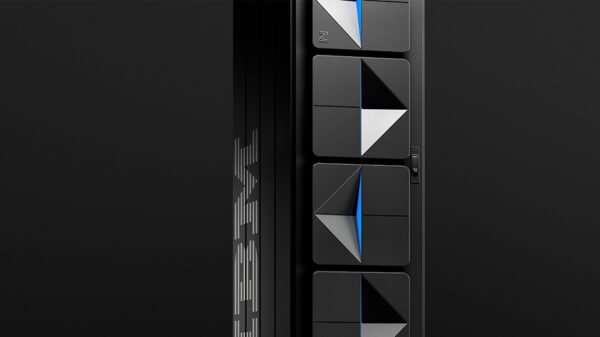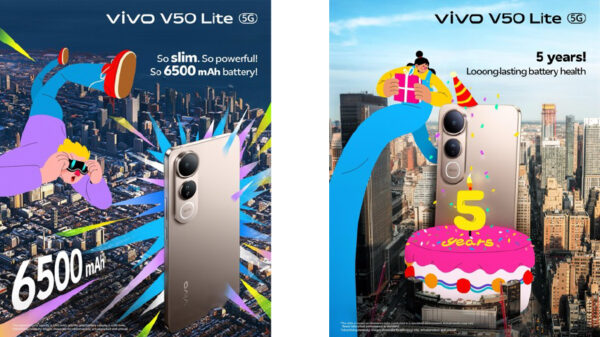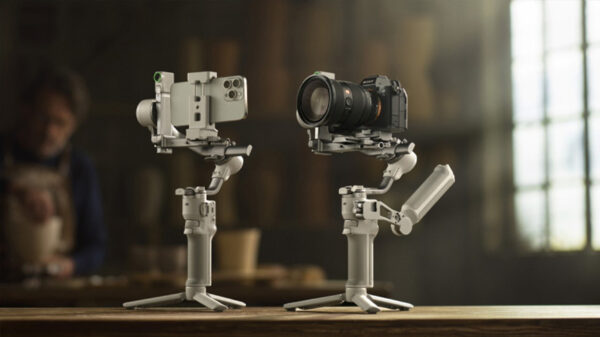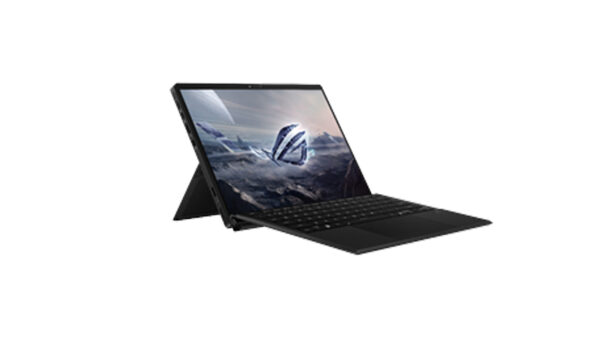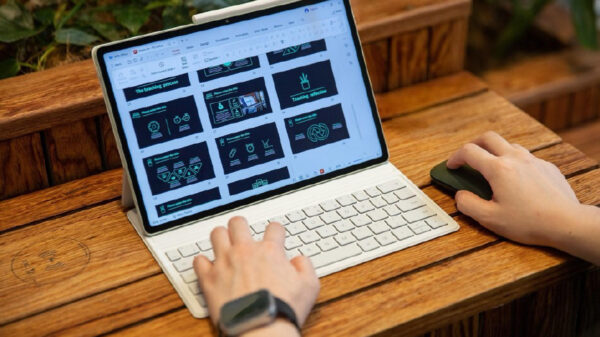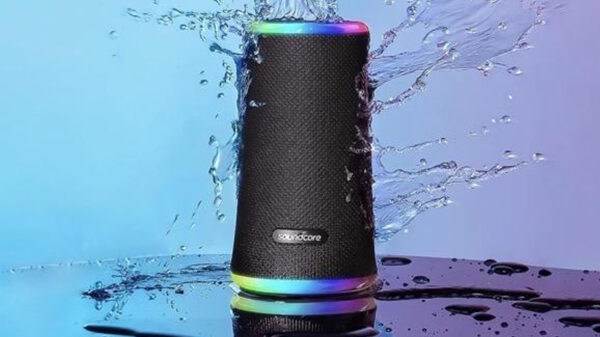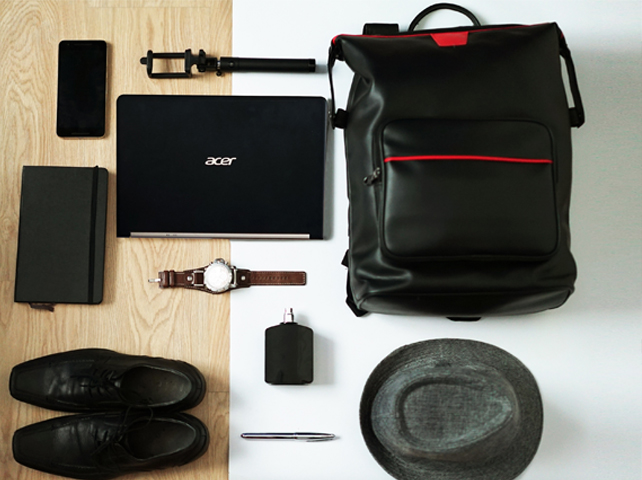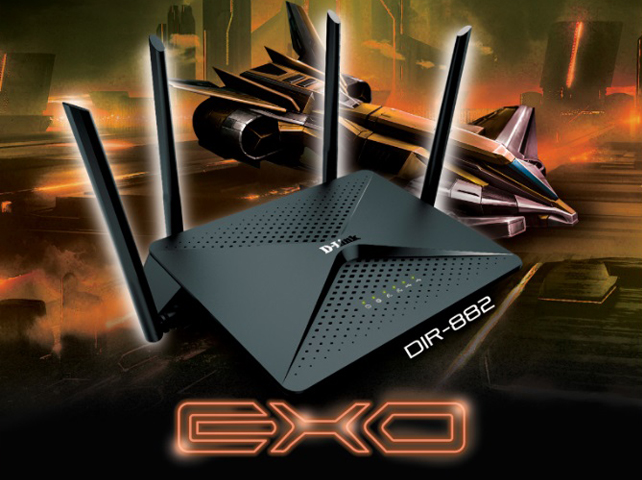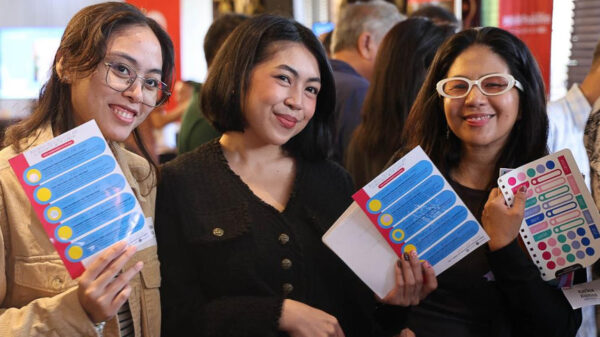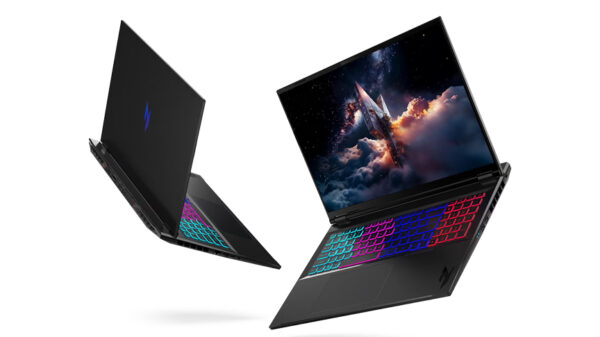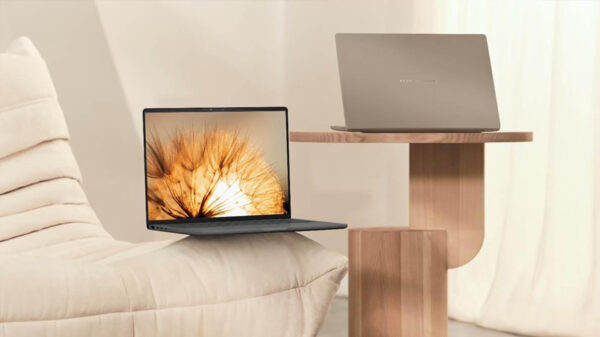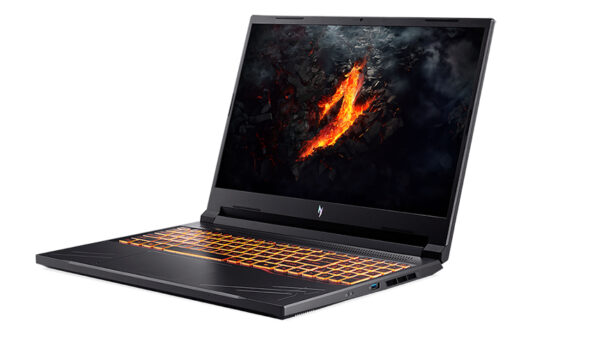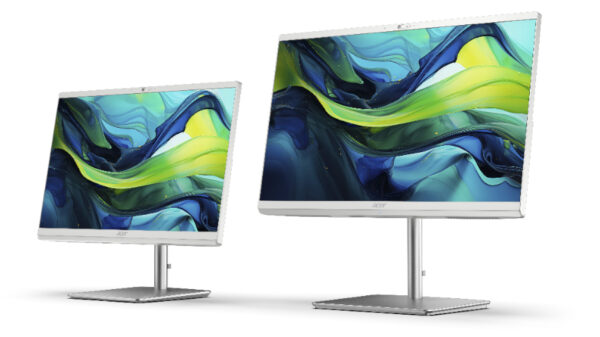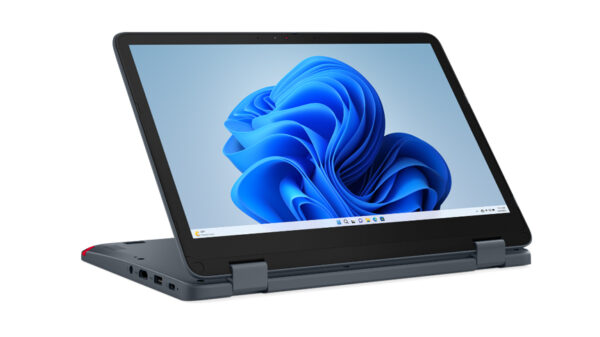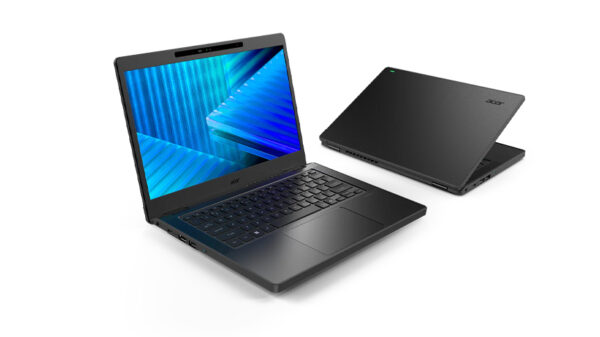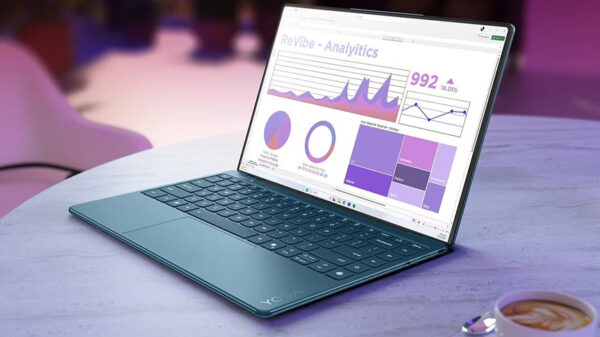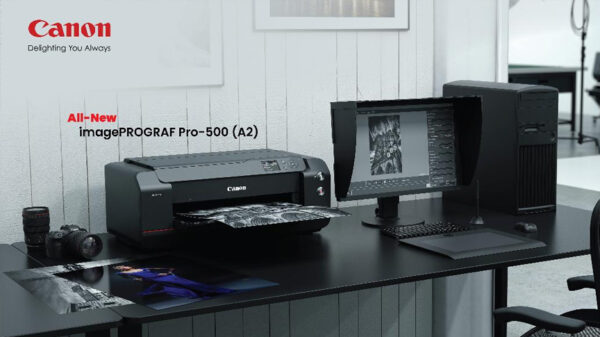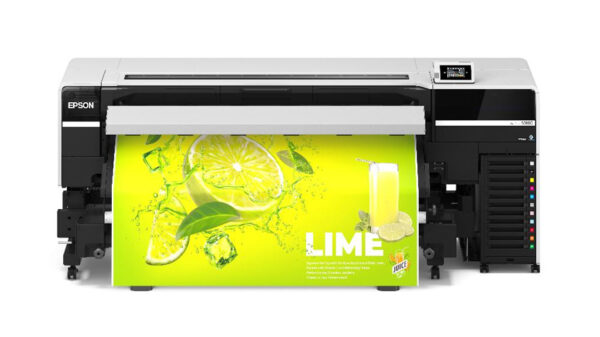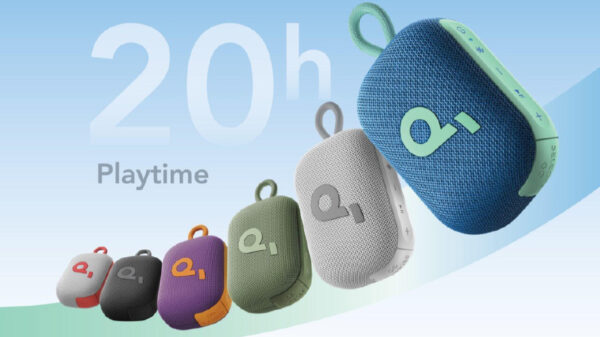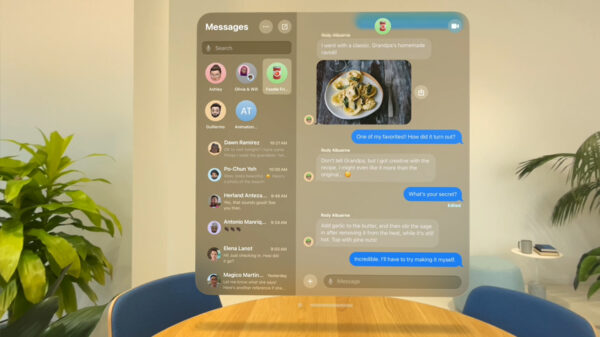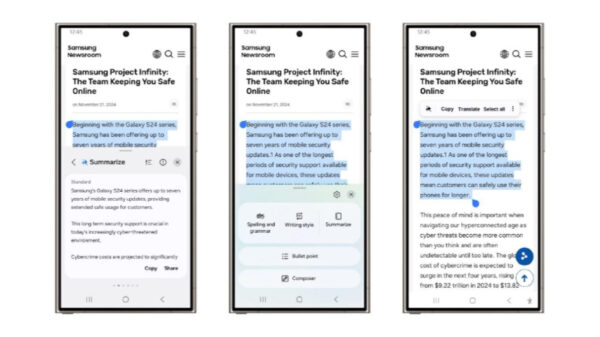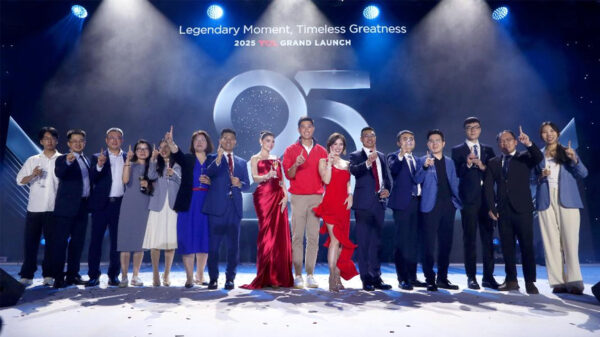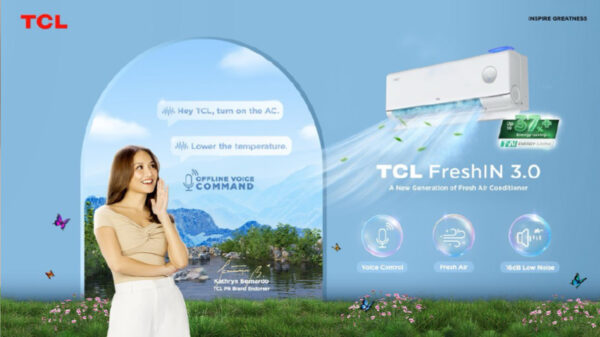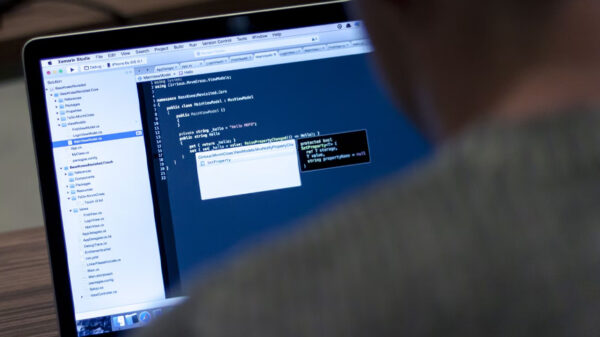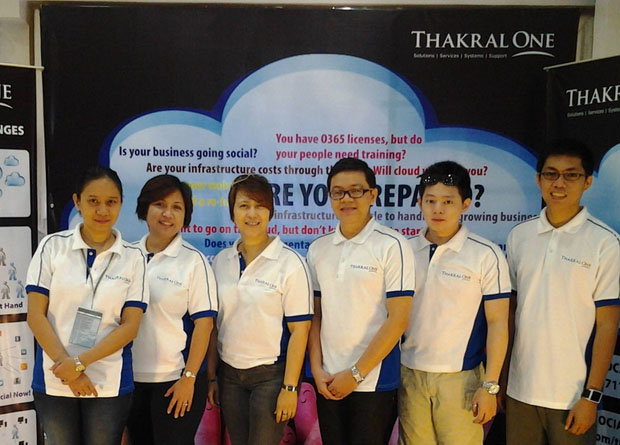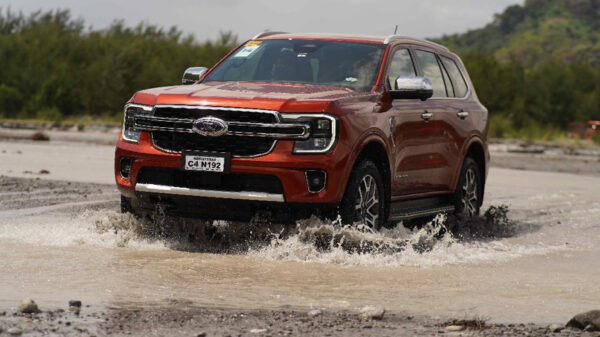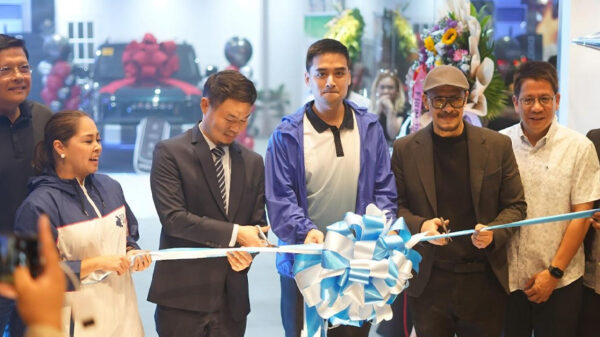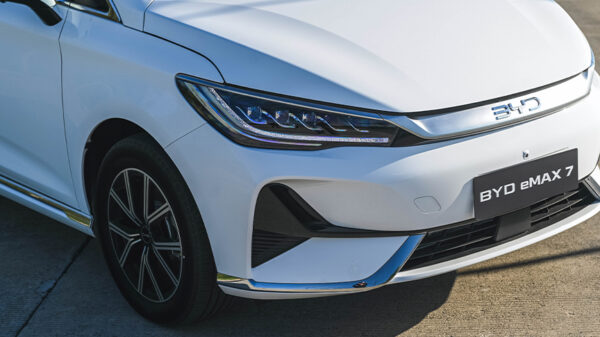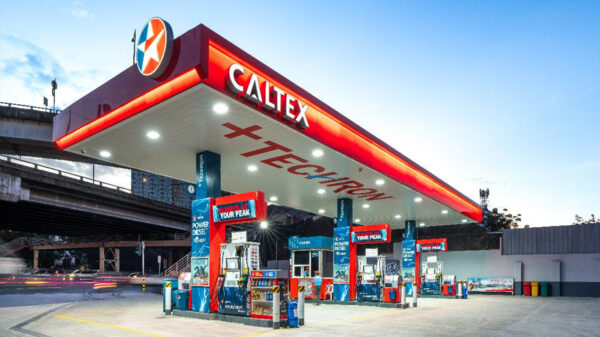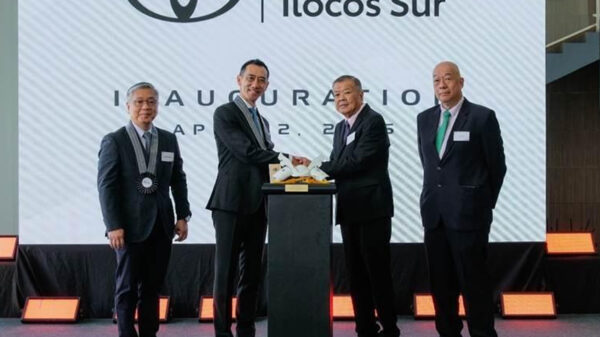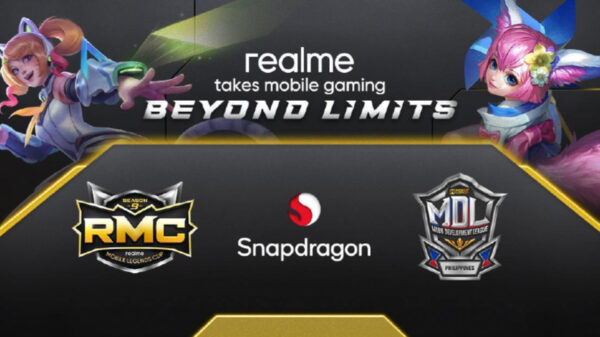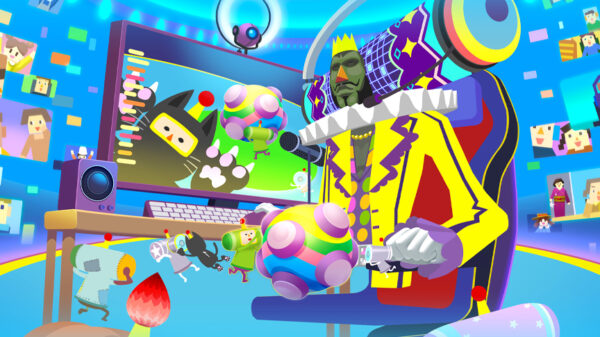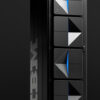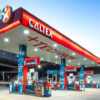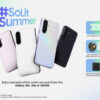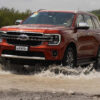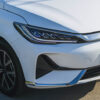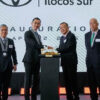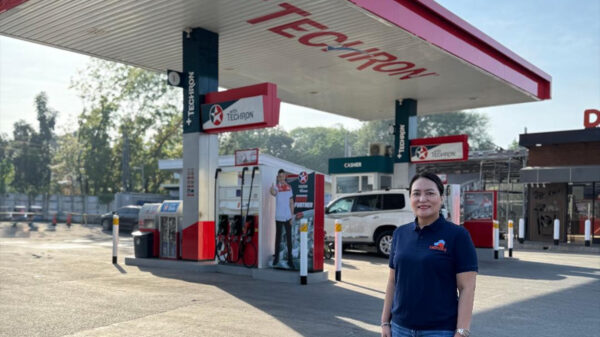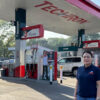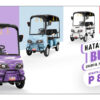Ford is the first automaker to test autonomous vehicles at Mcity – the full-scale simulated real-world urban environment at the University of Michigan. The 32-acre facility is part of the university’s Mobility Transformation Center.
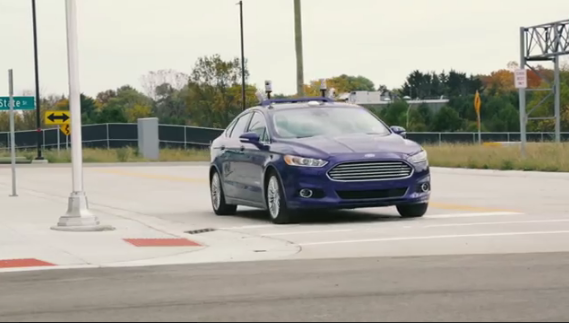
Ford has been testing autonomous vehicles for more than 10 years and is now expanding testing on the diversity of roads and realistic neighborhoods of Mcity near the North Campus Research Complex to accelerate research of advanced sensing technologies.
“Testing Ford’s autonomous vehicle fleet at Mcity provides another challenging, yet safe, urban environment to repeatedly check and hone these new technologies,” said Raj Nair, Ford group vice president, Global Product Development. “This is an important step in making millions of people’s lives better and improving their mobility.”
Ford has been testing autonomous vehicles for more than 10 years and is now expanding testing on the diversity of roads and realistic neighborhoods of Mcity near the North Campus Research Complex to accelerate research of advanced sensing technologies.
Ford Fusion Hybrid Autonomous Research Vehicle merges today’s driver-assist technologies, such as front-facing cameras, radar and ultrasonic sensors, and adds four LiDAR sensors to generate a real-time 3D map of the vehicle’s surrounding environment – essential for dynamic performance.
Real-world testing in a whole new way
Mcity opened in July. The full-scale urban environment provides real-world road scenarios – such as running a red light – that can’t be replicated on public roads. Click here to see the Fusion Hybrid Autonomous Research Vehicle testing at Mcity.
There are street lights, crosswalks, lane delineators, curb cuts, bike lanes, trees, hydrants, sidewalks, signs, traffic control devices – even construction barriers. Here, Ford Fusion Hybrid Autonomous Research Vehicle is tested over a range of surfaces – concrete, asphalt, simulated brick and dirt – and maneuvers two-, three- and four-lane roads, as well as ramps, roundabouts and tunnels.
“The goal of Mcity is that we get a scaling factor. Every mile driven there can represent 10, 100 or 1,000 miles of on-road driving in terms of our ability to pack in the occurrences of difficult events,” said Ryan Eustice, University of Michigan associate professor and principal investigator in Ford’s research collaboration with the university.
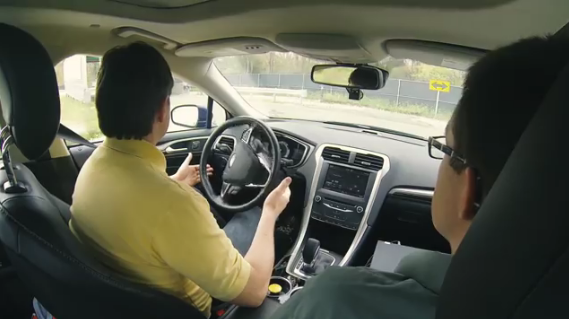
HANDS OFF THE WHEEL! Ford offers a full portfolio of semi-autonomous technology driver assist technologies across its vehicle lineup. Vehicles including the Ford Focus, Edge and Explorer use software and sensors to steer into parallel or perpendicular parking spaces, adjust speed based on traffic flow or apply the brakes in an emergency.
Ford’s track record of technology leadership
In Asia Pacific, Ford offers a full portfolio of semi-autonomous technology driver assist technologies across its vehicle lineup. Vehicles including the Ford Focus, Edge and Explorer use software and sensors to steer into parallel or perpendicular parking spaces, adjust speed based on traffic flow or apply the brakes in an emergency.
Ford revealed its Fusion Hybrid Autonomous Research Vehicle with University of Michigan and State Farm Insurance in 2013 in an effort to advance sensing systems so these technologies could be integrated into Ford’s next-generation vehicles. Earlier this year, Ford announced it moved its research efforts in autonomous vehicle technology to the next step in development, to the advanced engineering phase. The team is working to make sensing and computing technologies feasible for production while continuing to test and refine algorithms.
Along with testing at Mcity and on public roads, Ford’s autonomous fleet has been put through its paces at the company’s vehicle development facilities in Dearborn and Romeo, Michigan.
“We are pleased to welcome Ford as the first automaker to use Mcity to test autonomous vehicles,” said Peter Sweatman, director, Mobility Transformation Center. “Mcity offers a unique, real-world test environment that will help Ford accelerate development of its autonomous technology while building on its existing research collaboration with University of Michigan.”
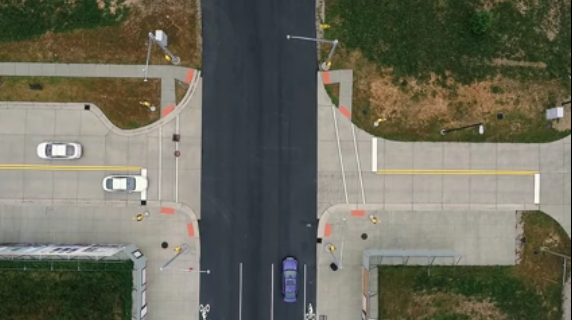
At Mcity, There are street lights, crosswalks, lane delineators, curb cuts, bike lanes, trees, hydrants, sidewalks, signs, traffic control devices – even construction barriers.
Ford Smart Mobility
Autonomous vehicles are one element of Ford Smart Mobility, Ford’s plan to deliver the next level in connectivity, mobility, autonomous vehicles, the customer experience and big data.
As the home of numerous university research projects, challenges and experiments, the Asia Pacific region is a key part of the Ford Smart Mobility plan. Since the launch of Ford Smart Mobility in January 2015, initiatives have been rolled out in Asia Pacific, including the ongoing MyEnergiLifestyle pilot in Beijing and Shanghai in China, and Share Car (peer-to-peer car sharing project) in Bangalore, India.
Most recently, the company announced two new university research initiatives in Chongqing and Beijing, China, and commenced Ford’s successful Innovate App Challenge Series 2.0, which included two challenges in Australia and Taiwan.




